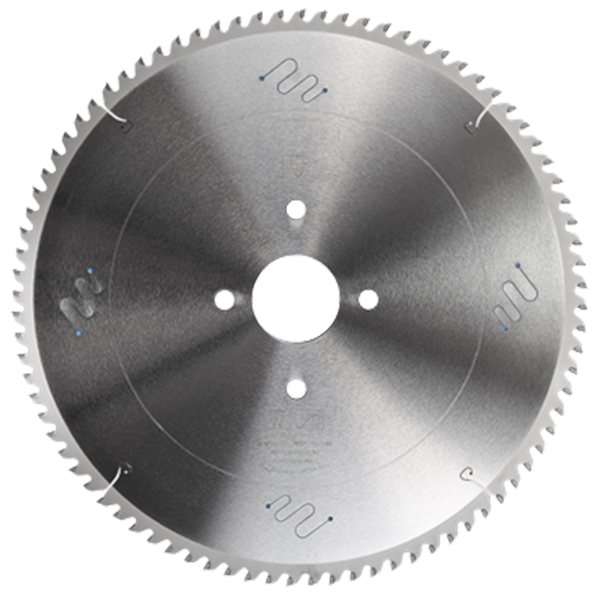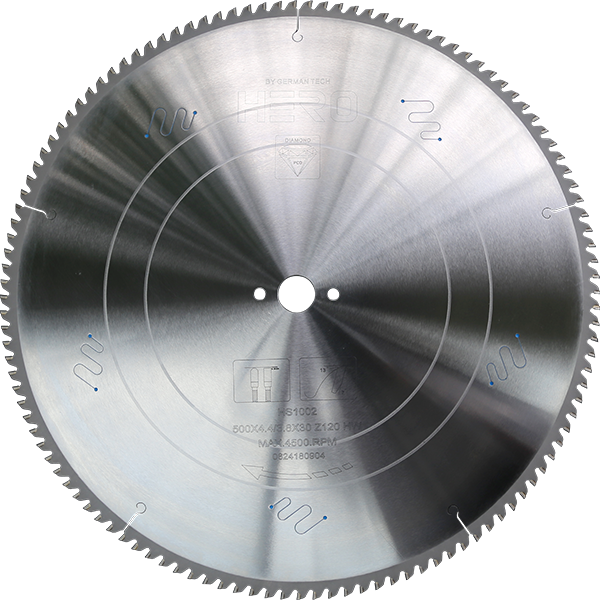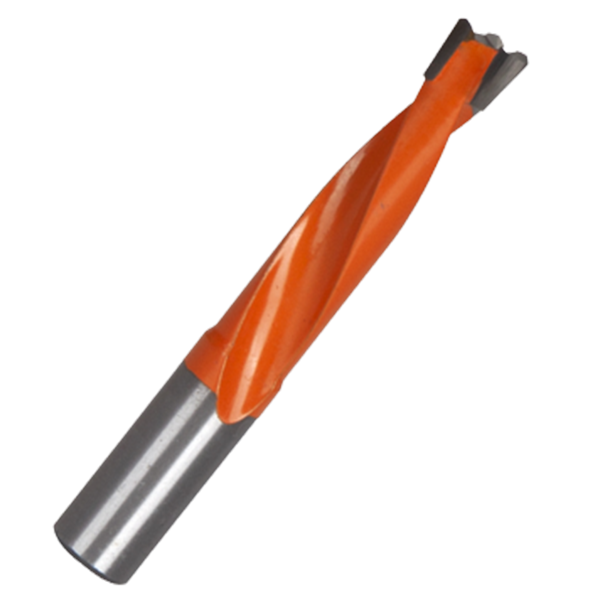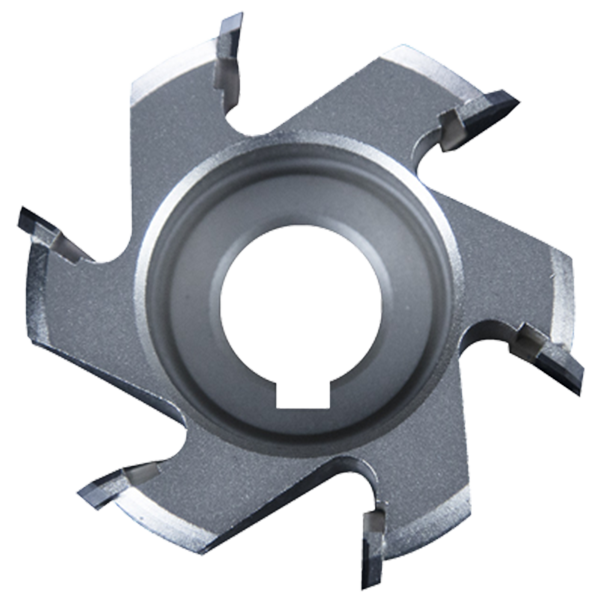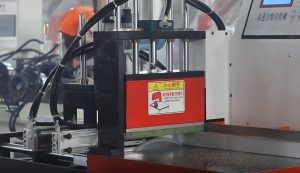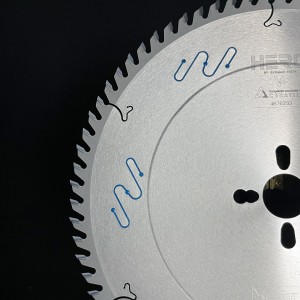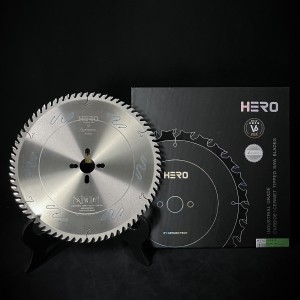Do you known the function of saw blade noise reduction wire?
In the world of woodworking and metalworking, saw blades are essential tools. However, the noise generated during cutting operations can be a significant problem for the operator and the surrounding environment. Our this blog takes an in-depth look at the role of saw blade noise reduction wires, exploring their function, the principles behind noise reduction and the benefits they bring to various industries.
What is a saw blade?
Saw blade is a steel tapered or toothed blade used in woodworking, metalworking, and other similar industries. They come in many different shapes, sizes, and grades depending on the intended use of the finished product. can be used for many different things depending on the type of blade you have.
A saw blade is a round or linear tool with sharp teeth designed,They are used in different industries to cut materials such as wood, plastics, and metals.There are several types of saw blades, including reciprocating, jig, scroll, tin snips, and circular saw blades.
The efficiency of a saw blade is typically measured by its cutting speed, accuracy, and durability. However, one of the less discussed aspects of saw blades is the noise they produce during operation.
Noise problem
At times, this noise level can reach as much as 120 dB! The noise generated by saw blades can reach levels that are not only uncomfortable,harmful to your hearing but it can disturb your family or even your whole neighborhood. Prolonged exposure to high decibel levels can cause hearing loss and other health problems. Additionally, excessive noise can disrupt the work environment, affecting productivity and employee morale,lowering efficiency, causing headaches. This has led to growing interest in noise reduction technology, particularly in the design of saw blades.For this reason, special noise-reduction saw blades were developed.Despite this fact, it is extremely important to use hearing protection whenever cutting with any type of circular saw blade.
The role of noise reduction lines in saw blades
What is a noise reduction cable?
Noise reduction lines, often called “damping grooves” or “silencing grooves,” are specially designed features incorporated into the body of the saw blade. These lines are carefully arranged to minimize vibration and noise during cutting operations.
How does the noise reduction cable work?
The main function of the noise reduction wire is to disrupt the sound waves generated by the saw blade during the cutting process. When a saw blade cuts material, it vibrates, which creates sound waves. Noise reduction wire can act as a countermeasure to these vibrations, absorbing and dissipating sound energy.
Noise reduction circuit design
Depending on the type of saw blade and its intended application, the design of the noise reduction wire can vary greatly. Some common designs include:
-
Curved Grooves: These grooves are designed to follow the contours of the blade for maximum vibration absorption. -
Straight Grooves: Straight grooves can be placed at specific intervals along the blade to target specific noise frequencies. -
Variable Depth: By varying the depth of the grooves, manufacturers can fine-tune the blade’s noise-reducing capabilities.
Sound Physics
To understand how noise reduction wires work, you must master the basic principles of sound. Sound is energy that travels in the form of waves. When a saw blade cuts material, it vibrates, which creates sound waves. These waves can be measured in terms of frequency (pitch) and amplitude (loudness).
Vibration reduction
Noise reduction wires work primarily by damping vibrations. When the saw blade vibrates, the grooves absorb some of the energy, reducing the amplitude of the sound waves produced. This is similar to how car shock absorbers work to minimize the impact of bumps in the road.
Resonance and frequency control
Another key aspect of noise reduction is resonance. Every object has an inherent vibration frequency. If the frequency of the sound waves generated by the saw blade matches its natural frequency, resonance will occur, amplifying the sound. Noise reduction wires help break up this resonance and prevent sound waves from amplifying, thus reducing overall noise levels.
Benefits of using saw blades with noise reduction lines
Improve the working environment
One of the most significant benefits of using a saw blade with noise reduction cords is the improvement in the work environment. Lower noise levels help create a more comfortable and productive workspace, allowing employees to focus on their tasks without being distracted by excessive noise.
Enhance operator safety
Reducing noise levels isn’t just about comfort; It also plays a vital role in operator safety. High noise levels can mask important sounds in the workplace, such as alarms or warnings. By minimizing noise, operators become more aware of their surroundings, reducing the risk of an accident.
Extend tool life
Saw blades with noise-reducing cords generally experience less wear due to reduced vibration. This extends the life of the tools, resulting in cost savings for businesses that rely on these tools for their operations.
Compliance with regulations
Many industries are subject to noise regulations that limit the amount of noise generated during operations. Using saw blades with noise reduction cords can help companies comply with these regulations and avoid potential fines and legal issues.
Application of noise reduction saw blades
Woodworking industry
In the woodworking industry, noise-reducing saw blades are especially valuable. Wood cutting can make a lot of noise, and using blades designed with noise-reducing lines can help create a more pleasant working environment for carpenters and woodworkers.
Metal processing industry
The metalworking industry also benefits from noise reduction technology. Cutting metal produces high-frequency noise, which is not only unpleasant but can damage hearing. Noise-reducing saw blades can help mitigate these risks.
Construction site
Construction sites are often noisy environments, and using noise-reducing saw blades can help minimize the impact of cutting operations on nearby residents and workers. This is particularly important in urban areas with high levels of noise pollution.
Future trends in saw blade technology
Advances in Materials
As technology continues to evolve, so do the materials used in saw blade manufacturing. Future saw blades may feature advanced composites or polymers to enhance noise reduction while maintaining cutting efficiency.
Intelligent technology integration
Integrating smart technology into saw blades is another exciting trend. Sensors can be embedded in the blades to monitor noise levels in real time, providing feedback to the operator and allowing adjustments to be made on the fly.
Sustainable Practices
With an increasing emphasis on sustainability, future saw blade designs are likely to focus on environmentally friendly materials and manufacturing processes. This may include using recyclable materials or biodegradable composites to reduce environmental impact.
in conclusion
The role of noise reduction lines in saw blades is an important aspect of modern cutting technology. By understanding its capabilities and the principles behind noise reduction, industries can make informed decisions about the tools they use. The benefits of these specialized saw blades extend beyond comfort; they enhance safety, improve the work environment and aid regulatory compliance. As technology continues to advance, we can expect more innovative solutions in saw blade design to further reduce noise and increase efficiency in a variety of applications.
If you need a saw with miminal noise at a lower price, the HERO is a solid option. It won’t cause extreme noise problems, and its price point is much more affordable than most circular saws.
Post time: Sep-27-2024








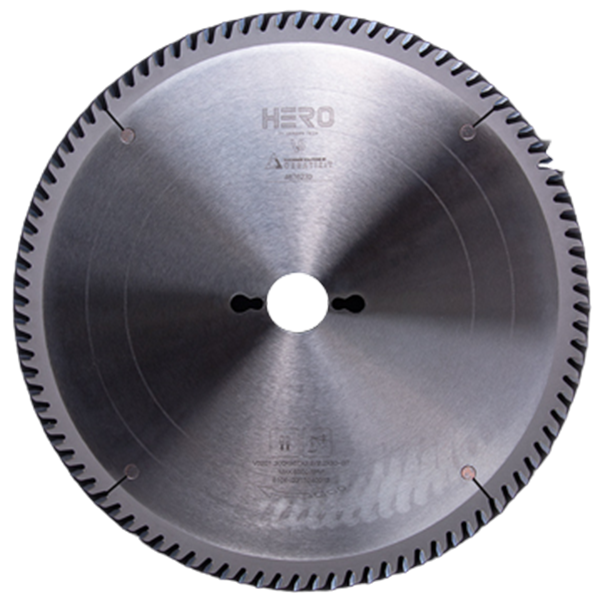 TCT Saw Blade
TCT Saw Blade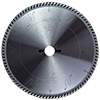 HERO Sizing Saw Blade
HERO Sizing Saw Blade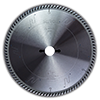 HERO Panel Sizing Saw
HERO Panel Sizing Saw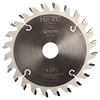 HERO Scoring Saw Blade
HERO Scoring Saw Blade HERO Solid Wood Saw Blade
HERO Solid Wood Saw Blade HERO Aluminum Saw
HERO Aluminum Saw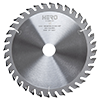 Grooving Saw
Grooving Saw Steel Profile Saw
Steel Profile Saw Edge Bander Saw
Edge Bander Saw Acrylic Saw
Acrylic Saw PCD Saw Blade
PCD Saw Blade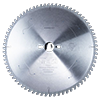 PCD Sizing Saw Blade
PCD Sizing Saw Blade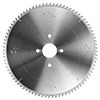 PCD Panel Sizing Saw
PCD Panel Sizing Saw PCD Scoring Saw Blade
PCD Scoring Saw Blade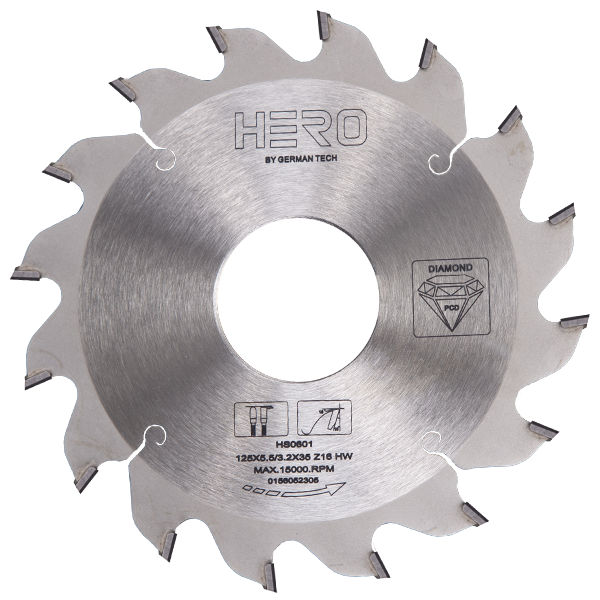 PCD Grooving Saw
PCD Grooving Saw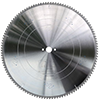 PCD Aluminum Saw
PCD Aluminum Saw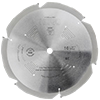 PCD Fiberboard Saw
PCD Fiberboard Saw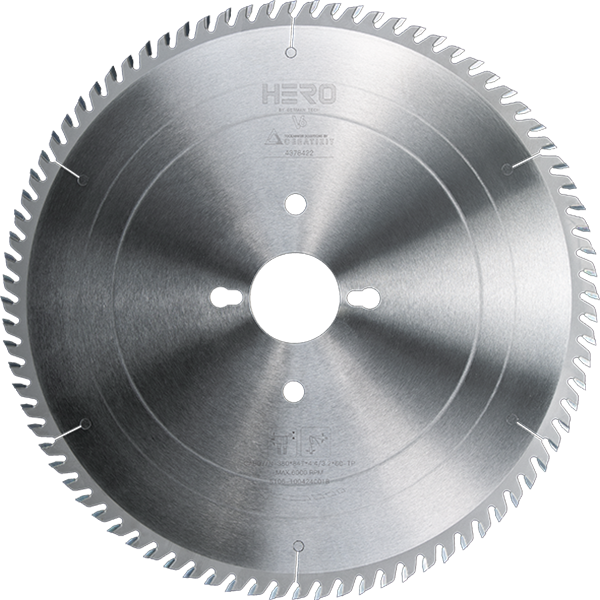 Cold Saw for Metal
Cold Saw for Metal Cold Saw Blade for Ferrous Metal
Cold Saw Blade for Ferrous Metal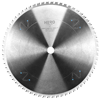 Dry Cut Saw Blade for Ferrous Metal
Dry Cut Saw Blade for Ferrous Metal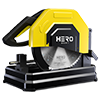 Cold Saw Machine
Cold Saw Machine Drill Bits
Drill Bits Dowel Drill Bits
Dowel Drill Bits Through Drill Bits
Through Drill Bits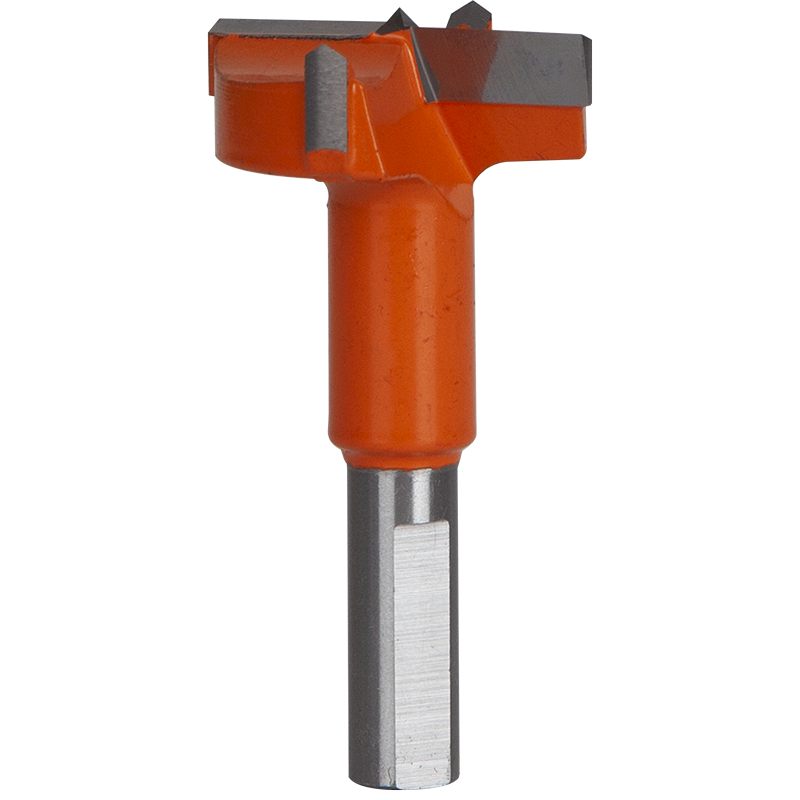 Hinge Drill Bits
Hinge Drill Bits TCT Step Drill Bits
TCT Step Drill Bits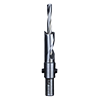 HSS Drill Bits/ Mortise Bits
HSS Drill Bits/ Mortise Bits Router Bits
Router Bits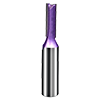 Straight Bits
Straight Bits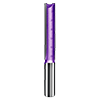 Longer Straight Bits
Longer Straight Bits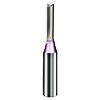 TCT Straight Bits
TCT Straight Bits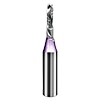 M16 Straight Bits
M16 Straight Bits TCT X Straight Bits
TCT X Straight Bits 45 Degree Chamfer Bit
45 Degree Chamfer Bit Carving Bit
Carving Bit Corner Round Bit
Corner Round Bit PCD Router Bits
PCD Router Bits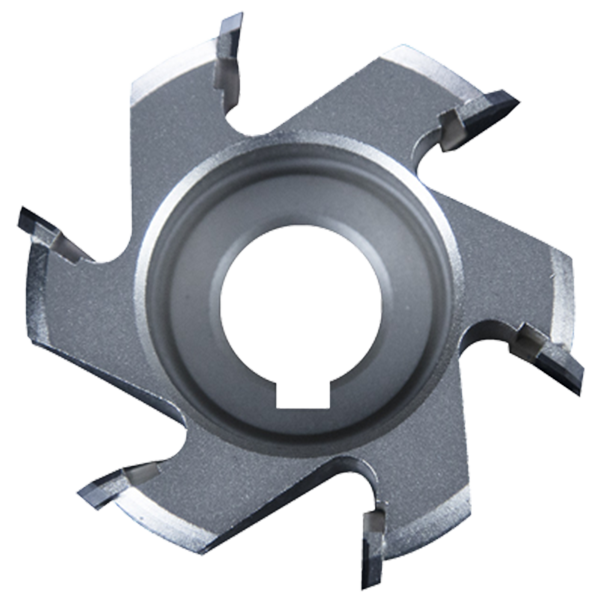 Edge Banding Tools
Edge Banding Tools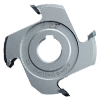 TCT Fine Trimming Cutter
TCT Fine Trimming Cutter TCT Pre Milling Cutter
TCT Pre Milling Cutter Edge Bander Saw
Edge Bander Saw PCD Fine Trimming Cutter
PCD Fine Trimming Cutter PCD Pre Milling Cutter
PCD Pre Milling Cutter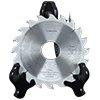 PCD Edge Bander Saw
PCD Edge Bander Saw Other Tools & Accessories
Other Tools & Accessories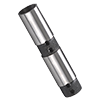 Drill Adapters
Drill Adapters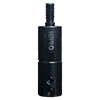 Drill Chucks
Drill Chucks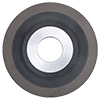 Diamond Sand Wheel
Diamond Sand Wheel Planer Knives
Planer Knives
